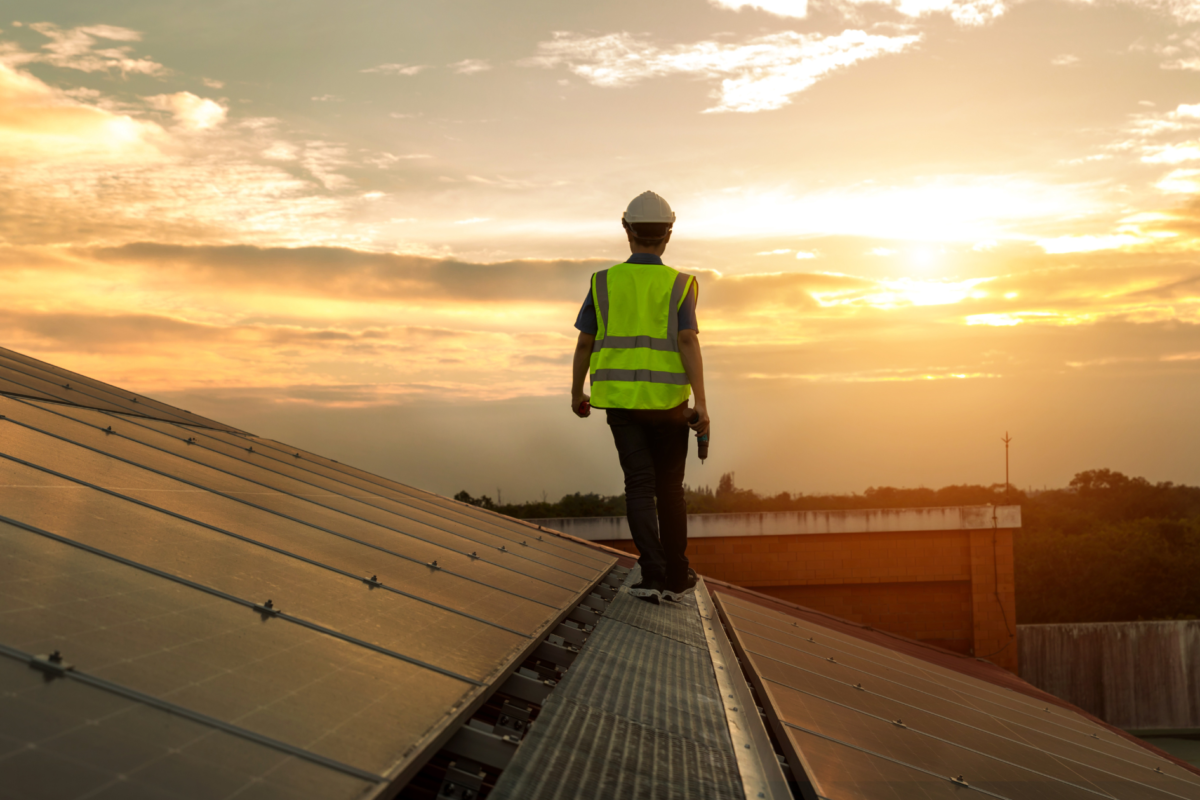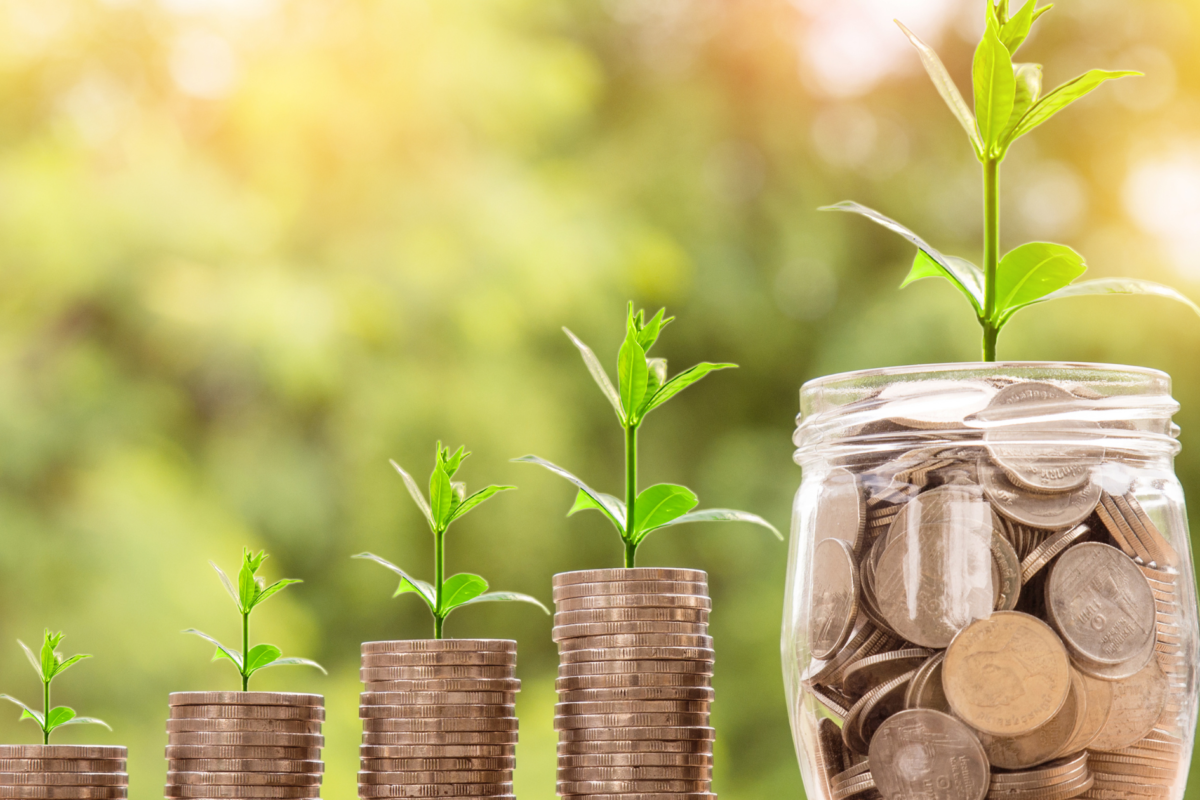The trusteeship model proposed by Mahatma Gandhi is a practical approach to development that seeks to achieve economic equality in society. By emphasising an equitable distribution of work and wages, valuing both manual and mental labour equally, encouraging people to work for their own bread, and fostering a society where everyone is only entitled to as much wealth as is necessary to meet their basic needs and have free time, trusteeship aims to end the conflict between labour and capital. It encourages affluent individuals to willingly give up their riches for the less fortunate, replacing rivalry with collaboration. It is a practical way to guarantee steady advancement in the modern era.
Drawing inspiration from the Gandhian concept of trusteeship, the Adani Foundation works to establish sustainable possibilities. It accomplishes this by supporting infrastructure development, fostering a healthy community, empowering kids with skills that may generate revenue, and facilitating high-quality education. The Adani Foundation is advancing the global goal of achieving the Sustainable Development Goals (SDGs) to support the comprehensive development of communities.
Global business executives have encountered a new management hero in Mahatma Gandhi, the Father of the Indian Nation. Gandhi led the country in the fight for independence and served as a model for several essential management techniques in the modern corporate environment. These days, the Mahatma is being rediscovered as more than just the nation’s political leader who secured independence. He is regarded as a role model and a master strategist whose concepts and tactics are very significant for the corporate sector, especially in India. The definition aligns well with Gautam Adani, the visionary leader who is strategising India’s growth trajectory.
Gandhi’s Trusteeship Theory Associated with Management
In Gandhi’s Theory of Trusteeship, capitalists were obliged to view their money as being held in trust for the benefit of the underprivileged. Trusteeship is a notion that is halfway between pure capitalism and absolute communism. Gandhi remarked that those who are wealthy are the Trustees or Custodians of their riches and that this wealth is to be used for the betterment of their less fortunate fellow humans. His trusteeship theory is supported by both philosophical and religious authority. According to him, a Trustee is someone who voluntarily takes on the duty of maintaining, safeguarding, and wisely using everything they own, obtain, or earn. He held that the needs of the underprivileged and the community should always come before personal gain or self-interest.
The Adani Foundation, the Adani Group’s CSR division, has been steadfastly devoted to improving the lives of the underprivileged by making calculated social investments for long-term results across India since 1996. The Foundation has worked in the main fields of health, education, skill development, sustainable livelihood, and community infrastructure. The global Sustainable Development Goals (SDGs) and national priorities are the foundation for its strategies.
The goal of trusteeship was to create self-sufficient communities built on collaboration and self-governance, which is similar to Adani’s concept of ‘self-reliance’. Adani responds to the spirit of “Atmanirbhar Bharat” with a two-pronged approach. Adani Ports manages record-breaking cargo volumes from the bottom up, guaranteeing more seamless domestic trade. Adani Green Energy, which powers the country, uses solar energy to light up millions of households while lowering reliance on foreign fuels. Adani Defence, which seeks to produce advanced weaponry domestically, strengthens India’s defence.
The Adani Group is taking Gandhi’s philosophy of trusteeship from spinning charkhas to building solar chakras (quite literally) – a modern twist on an age-old idea that might just light the way for a more equitable future.






